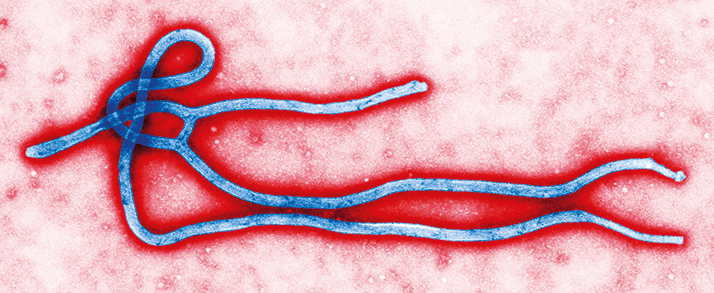“The Ebola virus outbreak is devastating and heartbreaking. It has taken many of my colleagues who I knew personally and worked with in Sierra Leone,” says Erica Ollman Saphire, a Professor at the Scripps Research Institute in La Jolla, California, in a video outlining the “Outsmart Ebola Together” project (click here).

Erica’s team have worked on Ebola full-time for the last 11 years. The knowledge of molecular structures gained during that time could hold the key to identifying the most promising drug targets – but only if sufficient computing power is available. “[Our Ebola] molecular structures are like enemy reconnaissance; they tell us exactly where to hit in the virus to stop it from infecting new cells,” says Erica. The World Community Grid uses the Berkeley Open Infrastructure for Network Computing (BOINC), which acts as the conduit between your devices’ unused processing capability to provide projects, such as Outsmart Ebola Together, with the computational power they need for complex tasks. Erica puts the potential impact into perspective: “If the hundreds of thousands of people on this grid each do a small piece of the calculation, it will let us do in weeks what would take hundreds of years otherwise.”
The BOINC software is available for Windows, Mac, Linux computers and Android devices (for free, of course). You’ll be joining (on the last check), 225,966 active volunteers, who are producing a 24-hour average of 8.403 petaFLOPS in computer power – in other words, the ability to do 8,400 trillion floating-point operations per second – give or take (that’s a lot). In addition to the Ebola project, the World Community Grid also enables you to participate in other worthy projects, such as Mapping Cancer Markers, Uncovering Genome Mysteries, and the long-running FightAIDS@Home, which we featured last year (click here). Plus, BOINC software offers access to further projects across a diverse range from astronomical particle physics to an attempt to decode three original Enigma messages from 1942... Why not let your computer do some work while you take your New Year’s break?




